Business Letter Template for Professional Use
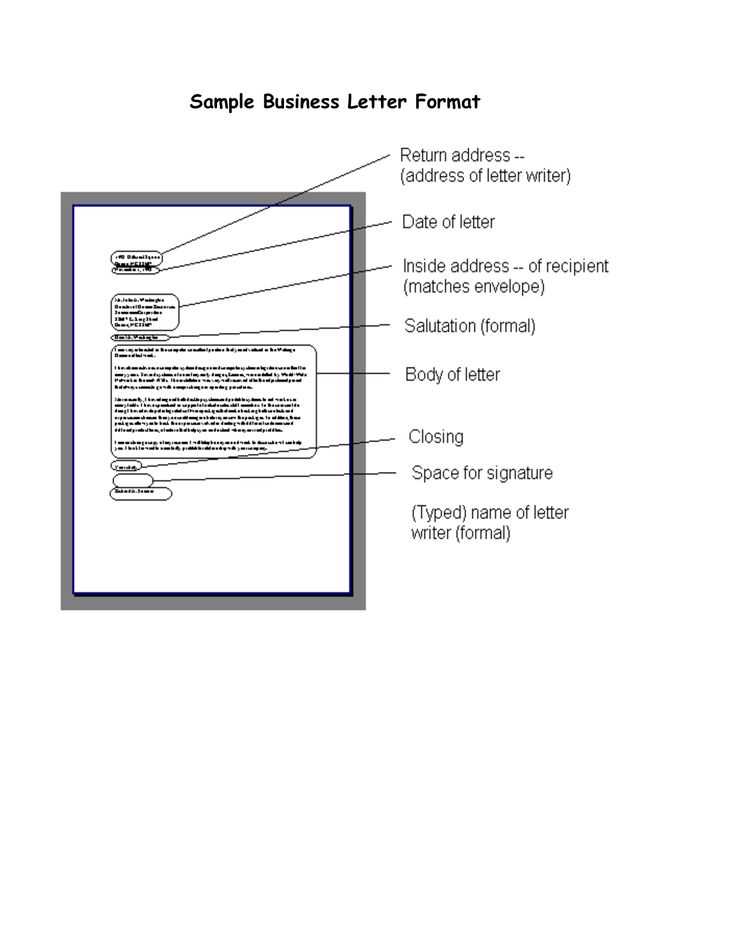
In the world of professional communication, the way we present our messages plays a crucial role in building relationships and ensuring clarity. Properly structured correspondence can make a significant difference in how your communication is received and understood. It is essential to convey your intentions with precision and respect, especially when engaging in formal or business-related matters.
Crafting a well-organized message helps maintain professionalism and ensures that your audience comprehends the purpose of your communication. A clear and polished format allows the reader to focus on the content without distractions, making it easier for them to respond appropriately.
Choosing the right format for each situation is vital. Whether you’re addressing a colleague, client, or business partner, the format can set the tone and influence the outcome of your interaction. By following established standards, you can create messages that leave a lasting positive impression while effectively conveying your points.
Importance of a Business Letter Template
Having a clear structure for formal communication ensures consistency, professionalism, and effectiveness. When crafting messages for business purposes, following a well-organized format helps the writer deliver their points with precision, making it easier for the recipient to understand the key information. A standardized approach not only saves time but also enhances the credibility of the sender.
Benefits of Using a Standardized Structure
- Clarity and Precision: A defined structure helps focus on the key message, reducing the risk of confusion.
- Professionalism: Consistently using an established format reflects a polished and professional image.
- Time Efficiency: With a framework in place, you can quickly draft correspondence without starting from scratch each time.
How a Structured Approach Enhances Communication
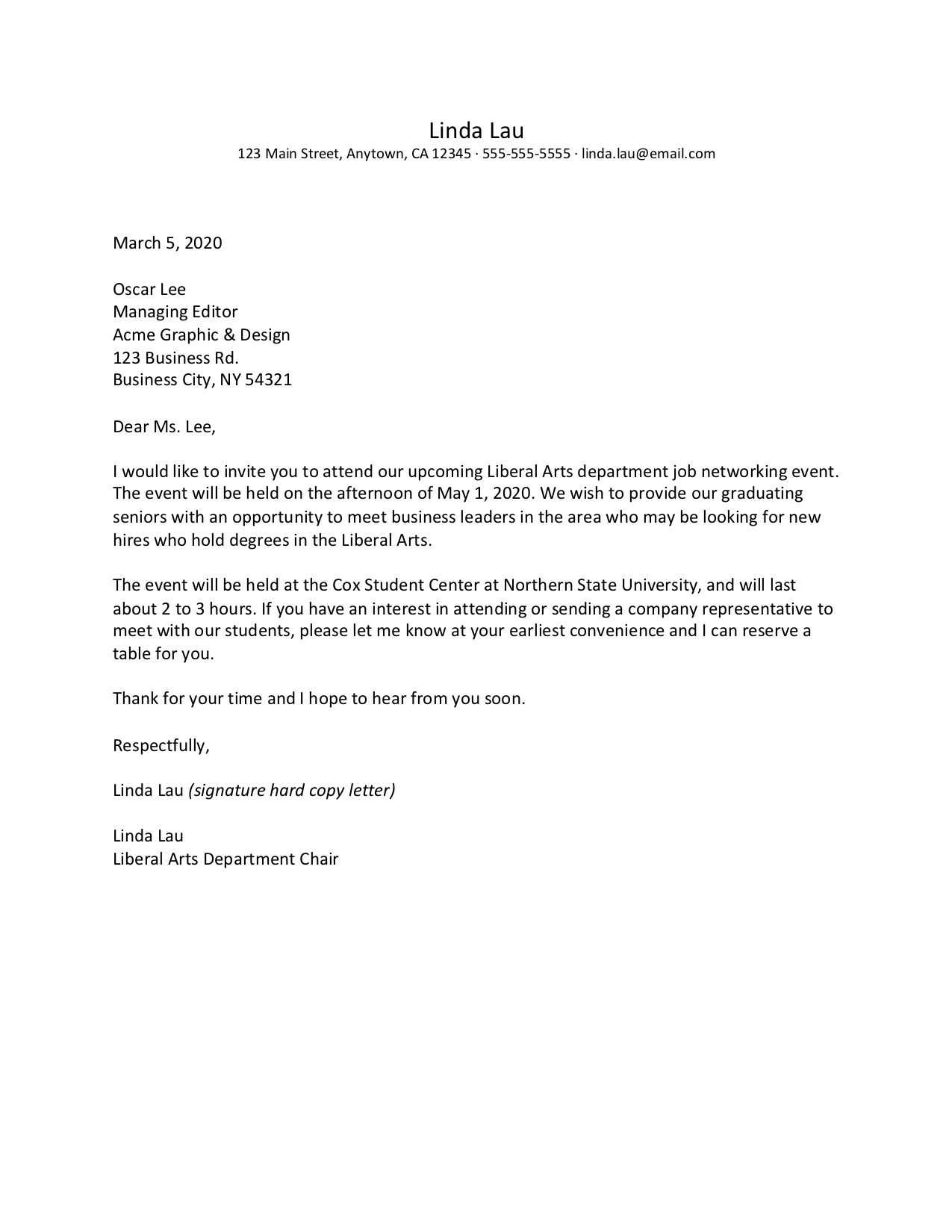
- Establishes Trust: Well-organized messages demonstrate reliability and competence.
- Improves Response Rates: Clear, easy-to-follow communication increases the likelihood of timely and appropriate responses.
- Ensures Consistency: Using a set structure prevents variations that might lead to misunderstandings or errors.
Key Elements of a Business Letter
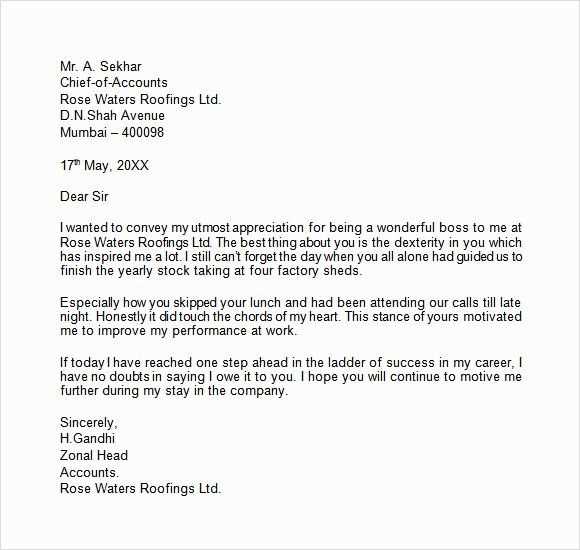
Effective communication requires a specific set of components to ensure the message is delivered clearly and professionally. These elements help organize the content in a way that is easy to read and understand, allowing the sender to convey their intentions effectively. Each part plays a crucial role in ensuring the message is both structured and impactful.
Introduction: A well-crafted opening paragraph sets the tone for the entire message. It introduces the purpose and provides context, letting the recipient know what to expect from the rest of the content.
Main Body: The heart of the communication, where the details are explained in a clear and logical manner. Information should be concise yet thorough, allowing the reader to grasp the essential points without unnecessary complexity.
Conclusion: A strong closing restates the key message or outlines the next steps. It should encourage action, whether it’s a response or a follow-up, and leave a positive impression on the reader.
Consistency and clarity are essential in each section. A structured approach with these core elements helps in maintaining a professional tone, while making sure the message remains focused and easy to follow.
Common Mistakes to Avoid in Letters
Even with a clear structure, certain errors can undermine the effectiveness of your message. Avoiding these pitfalls is essential for maintaining professionalism and ensuring that your communication is well-received. Small mistakes can distort the meaning or create confusion, making it harder for the recipient to take the message seriously.
Inappropriate Tone: The tone of your message must match the context. Using overly casual or excessively formal language can confuse the recipient or give a negative impression.
Lack of Clarity: Being vague or overly complex can make your main points hard to understand. It’s essential to express your ideas concisely and directly.
Formatting Errors: A lack of structure or poor formatting can make the message difficult to read. Always ensure that your content is well-organized, with proper spacing and alignment.
Failure to Proofread: Grammatical or spelling mistakes can tarnish your credibility. Always proofread your message before sending it to catch any errors.
Consistency and attention to detail are key to avoiding these common mistakes. By following a clear format and carefully reviewing your communication, you can present a professional image and convey your message effectively.
How to Customize Your Business Letter
Personalizing your communication allows you to tailor your message to the specific recipient, making it more relevant and impactful. By adjusting the tone, content, and format, you ensure that the communication resonates with the reader’s needs and expectations. Customization helps strengthen relationships and promotes a clearer understanding of your intentions.
Adjusting the Tone and Style
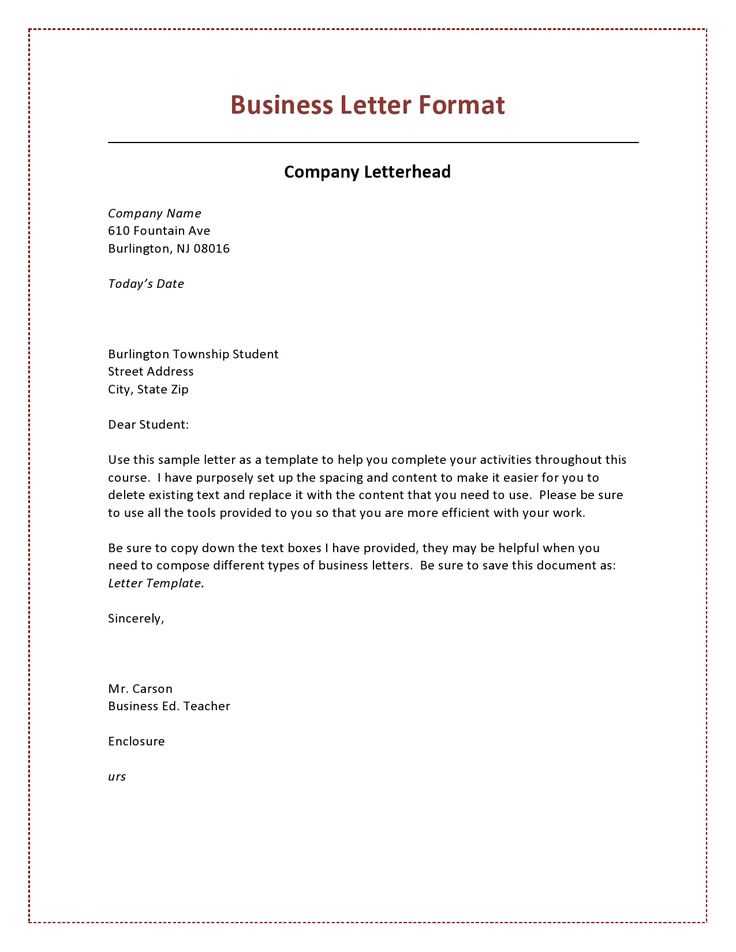
The tone of your message should reflect both the purpose of your communication and your relationship with the recipient. For formal interactions, a more professional tone is required, while a casual tone may be more appropriate for less formal exchanges. Adjusting these aspects helps align your communication with the desired outcome.
Personalizing the Content
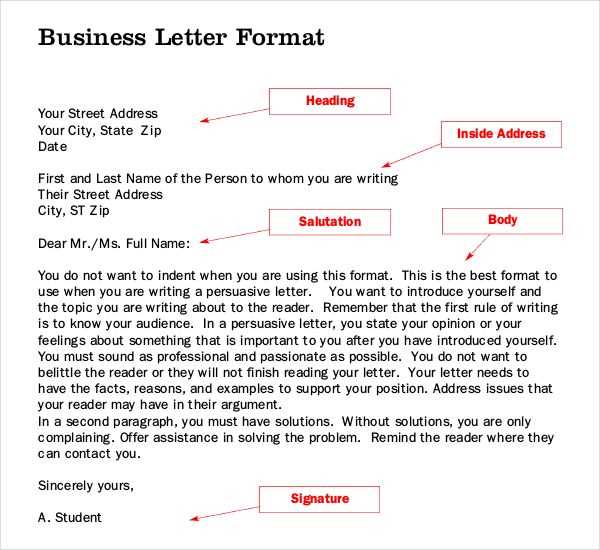
Make sure the content addresses the specific needs and concerns of the recipient. Highlight details that matter to them, and avoid generic language. Customization can involve referencing previous interactions, tailoring requests, or incorporating information that is directly relevant to the recipient’s business or position.
| Customization Aspect | How to Apply |
|---|---|
| Greeting | Use the recipient’s name or title for a personal touch. |
| Content Focus | Tailor the message to their specific needs or interests. |
| Closing Remarks | End with a personalized call to action or follow-up request. |
By making these adjustments, your message will feel more relevant and engaging, helping to create a stronger connection with the recipient. Customizing your communication ensures that you are not only heard but also understood in a meaningful way.
Best Practices for Professional Correspondence
Maintaining a professional standard in your written communication is essential to fostering positive relationships and achieving your desired outcomes. Effective correspondence ensures clarity, respect, and efficiency in conveying your message. Adhering to best practices not only reflects well on you but also strengthens your professional image.
Maintaining a Clear and Concise Structure
A well-structured message is easier to understand and more likely to produce a positive response. Break your content into clear sections: an introduction, body, and conclusion. Each part should serve a specific purpose and lead logically to the next. Avoid unnecessary information that may distract from the main points.
Using Proper Etiquette and Tone
The tone of your communication should always be respectful and considerate, regardless of the situation. In formal interactions, use polite language and maintain a professional demeanor throughout. Also, ensure your correspondence matches the recipient’s expectations and level of formality, whether you’re addressing a colleague, client, or business partner.
By following these practices, you can ensure your messages are not only effective but also leave a positive impression on your audience. Professionalism in written communication can go a long way in building trust and achieving your goals.
Examples of Effective Business Letters
Real-world examples of well-crafted communication can provide valuable insights into how to structure and approach your own messages. By studying successful instances, you can learn how to incorporate best practices, maintain a professional tone, and ensure clarity. These examples demonstrate the key elements needed for impactful communication in formal settings.
Request for Information: A clear and direct request for details related to a service or product, politely framed to encourage a response. The writer should briefly explain the reason for the inquiry and ask for the necessary information in a respectful manner.
Response to a Complaint: In this type of communication, the sender acknowledges the recipient’s concerns, expresses empathy, and provides a solution or course of action. The tone remains courteous, and the message aims to resolve the issue while maintaining a positive relationship.
Each example highlights the importance of clarity, professionalism, and conciseness. By following these models, you can ensure your communication is both effective and respectful, helping you achieve your desired results.